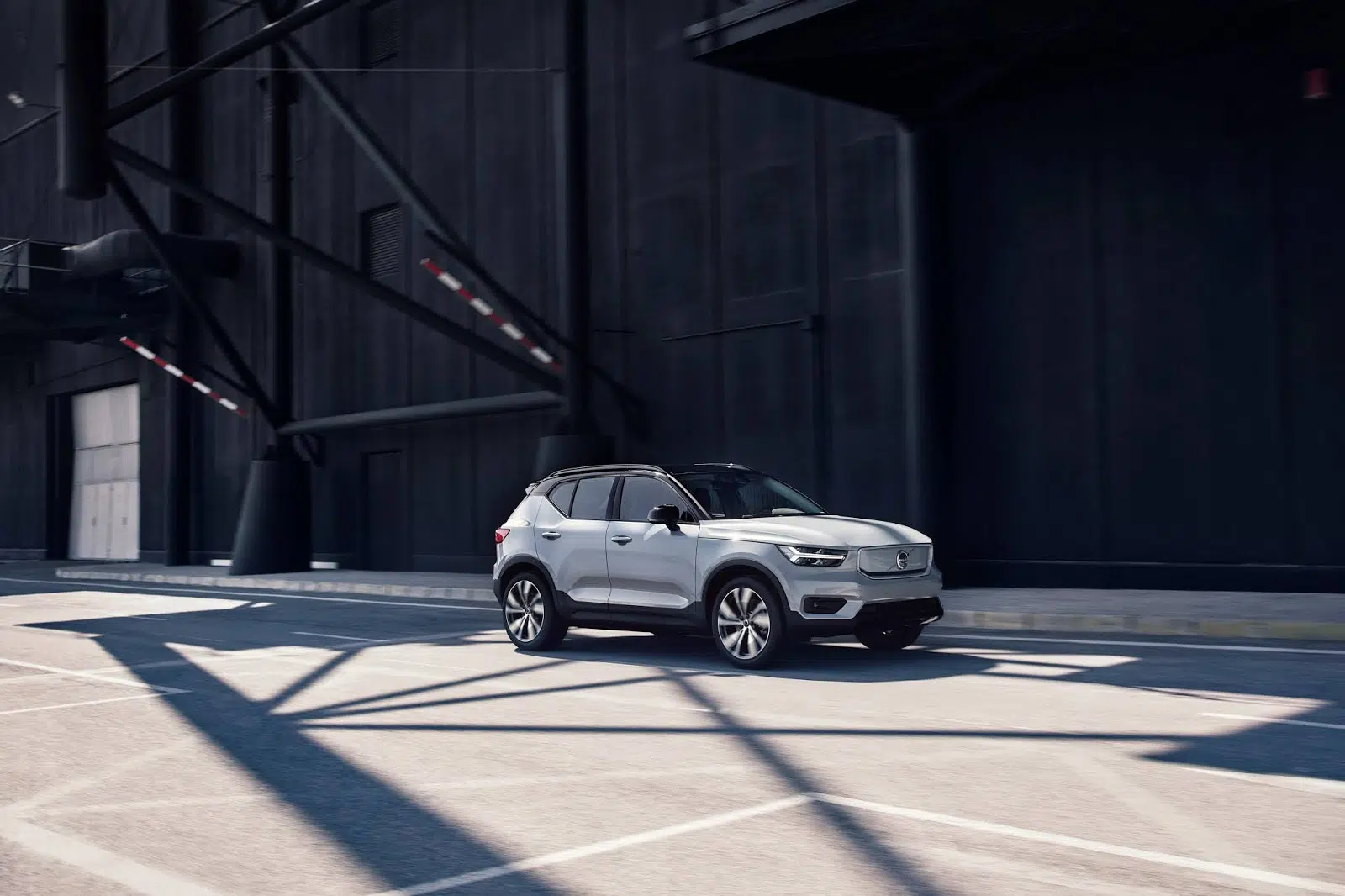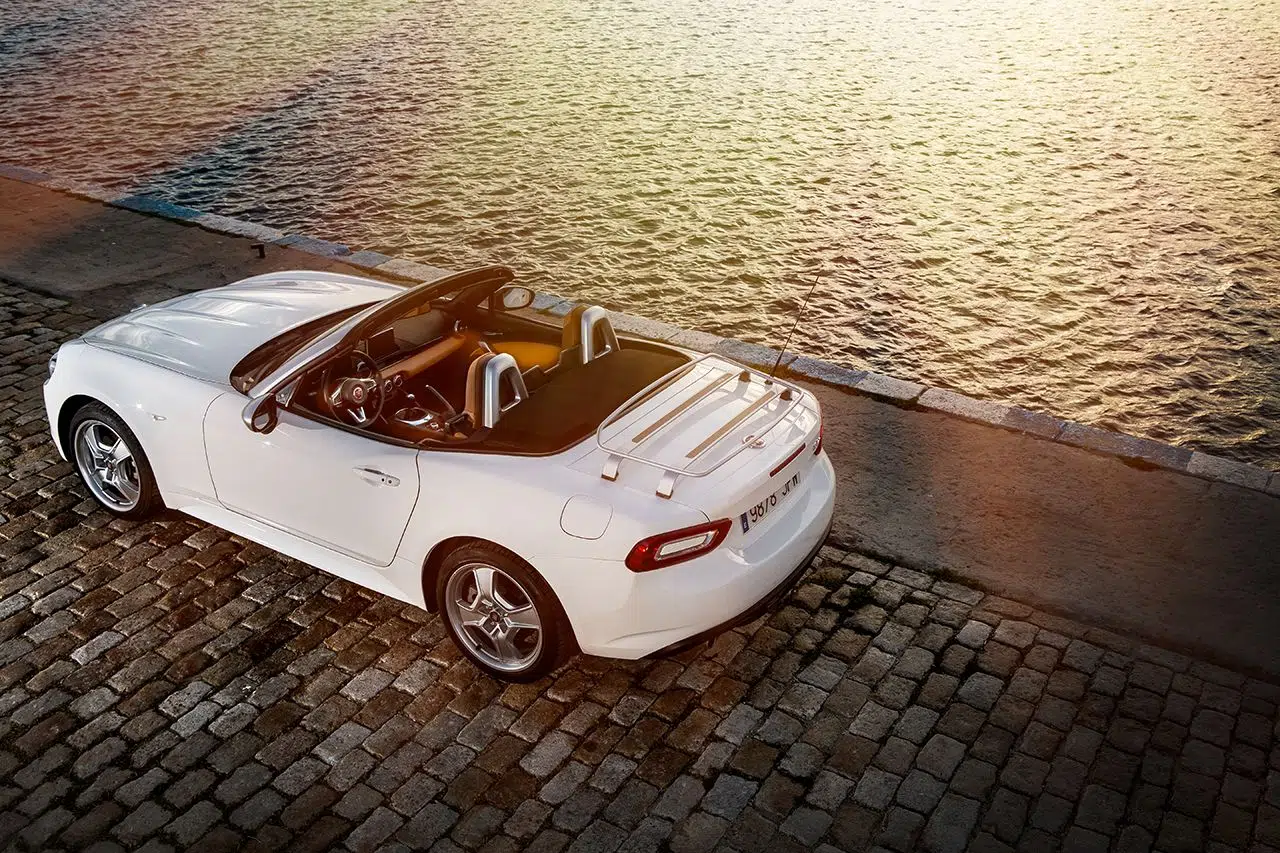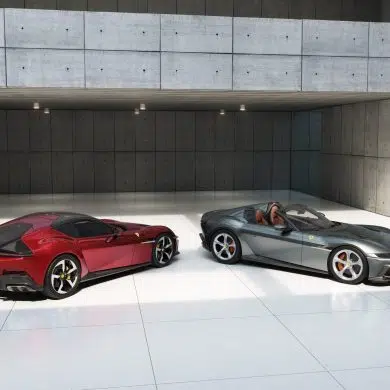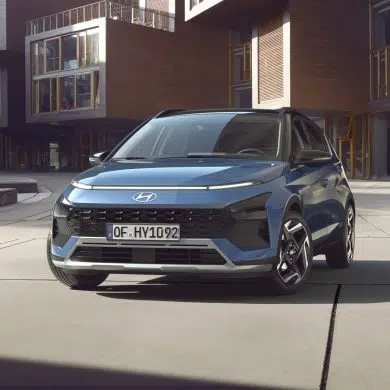They say that when the owner of Geely, the Chinese tycoon Li Shufu, bought Volvo, he went to Sweden and said one thing to the company's executives: "From me you will get all the resources you need. I will not get involved anywhere in your business. All I want is for you to make better cars than the Germans. Do what you know best." Along the way, Shufu kept his word and invested heavily in Volvo Cars, which had a glorious history in automotive engineering, with pioneering innovations such as the invention of the 3-point seat belt, for example.
The Swedes got down to business and, indeed, did what they do best. In the years that followed, Volvo went on a flurry of new model launches, loaded with the latest technology. They invested in research and development, safety systems, green mobility and transformed their fleet. So, proudly, they constantly brought out new models, which reminded us who built them: Whether with Thor's hammer elaborately designed into the front lights, or with distinctive Swedish flags on the seats.
People liked that. The sales kept going up. And they're going up. In the hands of Swede Hakan Samuelson (serving as CEO of the company), the company was transformed. The results?
Volvo Cars CEO Hakan Samuelson
After a very difficult year, Volvo Cars announces the highest sales and highest second-half profits in its history during 2020. The company's financial results for last year reflect its success in managing and mitigating the impact of the pandemic.
The company said that in the second half of 2020 its revenue amounted to SEK 151 billion and its operating profit to SEK 9.5 billion. During this period, earnings increased by 8.2%, while revenue growth reached 4.9%. The profit margin was 6,3%.
The company's results reflect strong demand for the Recharge range, which includes all Volvo pure electric and plug-in hybrid models. In the last six months of the year, the company sold 391,751 cars, an increase of 7.4% compared to the same period in 2019, and expanded its share in most markets.
For the full year 2020, Volvo Cars reported revenues of SEK 263 billion and an operating profit of SEK 8.5 billion. The company was able to reduce fixed costs and achieve growth, improving its cash flow and liquidity.
"We have taken decisive action to limit the impact of the pandemic," said Håkan Samuelsson, CEO of Volvo Cars. "By safely restarting our operations, we made a strong recovery and achieved the second best half-year in our history. In addition, the rapid growth in demand for the Recharge range shows that the outlook is very good and we expect this to continue into 2021."
The share of Recharge models as a percentage of total sales more than doubled compared to 2019. In Europe, Volvo's share of plug-in hybrid models as a percentage of total sales was 30%, making it the continent's leading premium brand in this segment. In the United States, Volvo is also the leading brand in plug-in hybrid models.
In China and the United States, the two largest markets, the company reported full-year sales growth as it recovered from the decline in sales due to the pandemic in the first half of the year, achieving significant growth in the second half.
During 2020, the pandemic accelerated Volvo Cars' shift towards online sales, a development that the company expects to continue into 2021. In 2020, Volvo Cars more than doubled the number of subscriptions available online compared to 2019. Growth in this channel continued to be strong, supporting the increase in market share.
For 2021, the company expects continued growth in sales and revenue, supported by an excellent product range and further growth in online sales. Provided market conditions normalise, this growth, and successful cost management, is expected to improve profitability to pre-coronary levels.
By continuously investing in new technologies and new products, the company expects its capital expenditure to remain at the same level as in 2020. Cash flow is expected to remain strong. It is also projected to continue to reduce total CO2 emissions per car, on track to achieve the goal of reducing them by 40% by 2025.









